|
Gorgeous but at the same time shy birds too: Trogons. Trogons are just like macaws and hummingbirds quite colorful too, but are not so proud to show it to the outside world. Only when you see a trogon from the front the colors are been revealed, but when this bird turns his back to you it is sometimes not possible to spot him immediately between the dense vegetation. Trogons are forest birds and are also seen perched when you are taking a boat trip on the Kabalebo river. But like I said before trogons are generally shy and quiet birds, so it is up to you to spot them when they are sitting motionless and silent on a branch. Second to notice why it is sometimes a challenge to spot them immediately is that when they call you won't be able to see some direct movement, just like for instance parrots, tanagers or even like the Screaming Piha. When trogons call it looks like they are trying to be a ventriloquist (speaking without moving their mouth, giving the impression that the sound comes from somewhere else). In Suriname there are 5 kinds of trogons found and here in Kabalebo I was able to photograph 3 out of them: This is the male Amazonian Violaceous Trogon (Trogon violaceus) seen front and back. Noticeable are the small black and white stripes on his tail and of course the yellow eye ring. The Amazonian Violaceous Trogon is also called the Guianan Trogon. Here you see a female Amazonian Violaceous Trogon (above) and in the second picture both male and female. Both didn't move when we spotted them, the male did slowly move his head but barely visible. This was a bit challenging for me, I spotted near the river a couple Black-tailed Trogons (Trogon melanurus) while making a nesthole inside an abandoned termite nest. The tricky part was that the trees were so close to each other that sunlight could barely come through. But I managed to take a picture while one of them was making the nest even more nicer. I couldn't observe the whole outcome of their nesting preparation and results, because days after I took these pictures the whole area was flooded for weeks. When the water level went back to normal the trogons were long gone. We usually see trogons like this inside the forest, with his back turned. This prove to be a great camouflage especially with such a dark background. And here is the male Amazonian White-tailed Trogon (Trogon viridis) sitting upright and of course quiet. Notice the blue eye-rings and the large white tail feathers (compared with the A. Violaceous Trogon). The Amazonian White-tailed Trogon is also known as the Green-backed Trogon. I wasn't able to observe the Black-tailed Trogon's nesting but I did manage to photograph a young Amazonian Violaceous Trogon. It was almost as big as a full grown tanager (so to speak). It was fed by its parents: insects, berries, caterpillars and even large grasshoppers.
You may also like the following post: Comments are closed.
|
Archives
June 2024
Categories
All
|
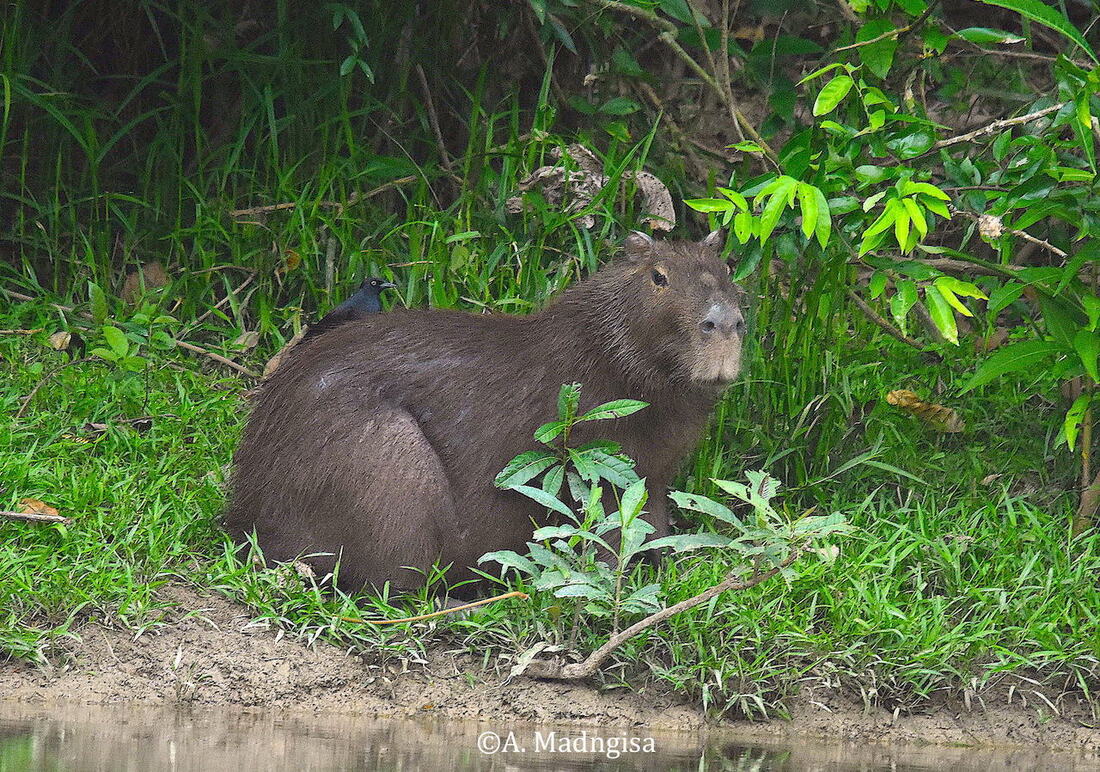
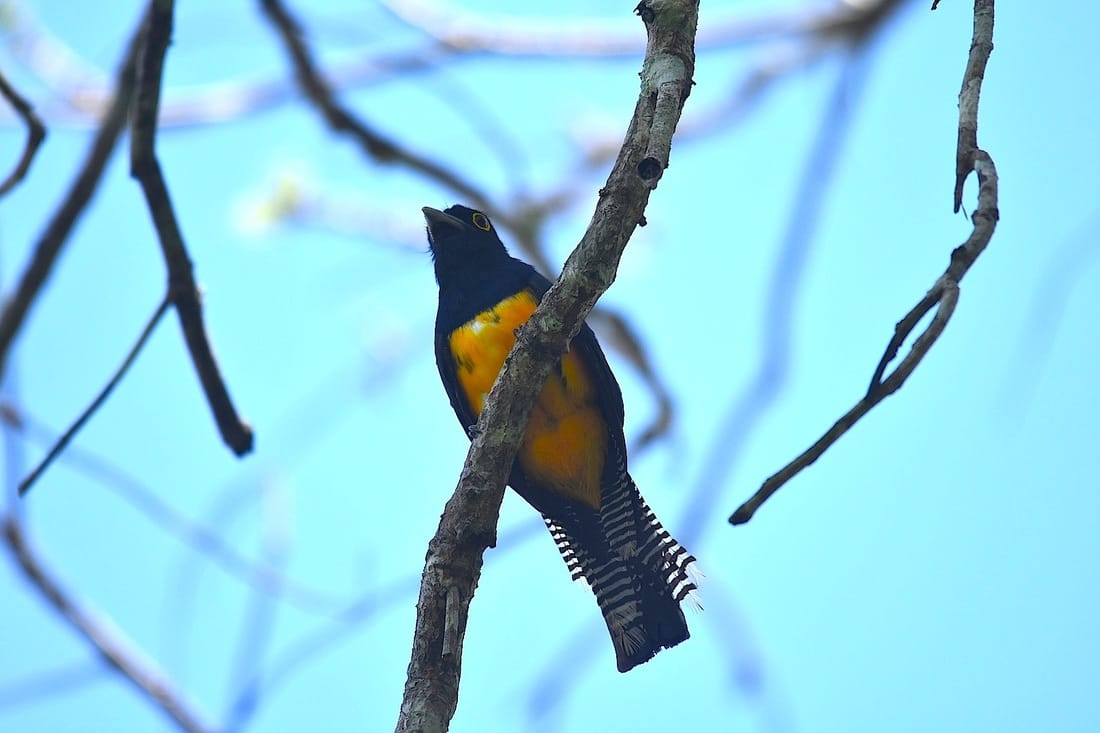
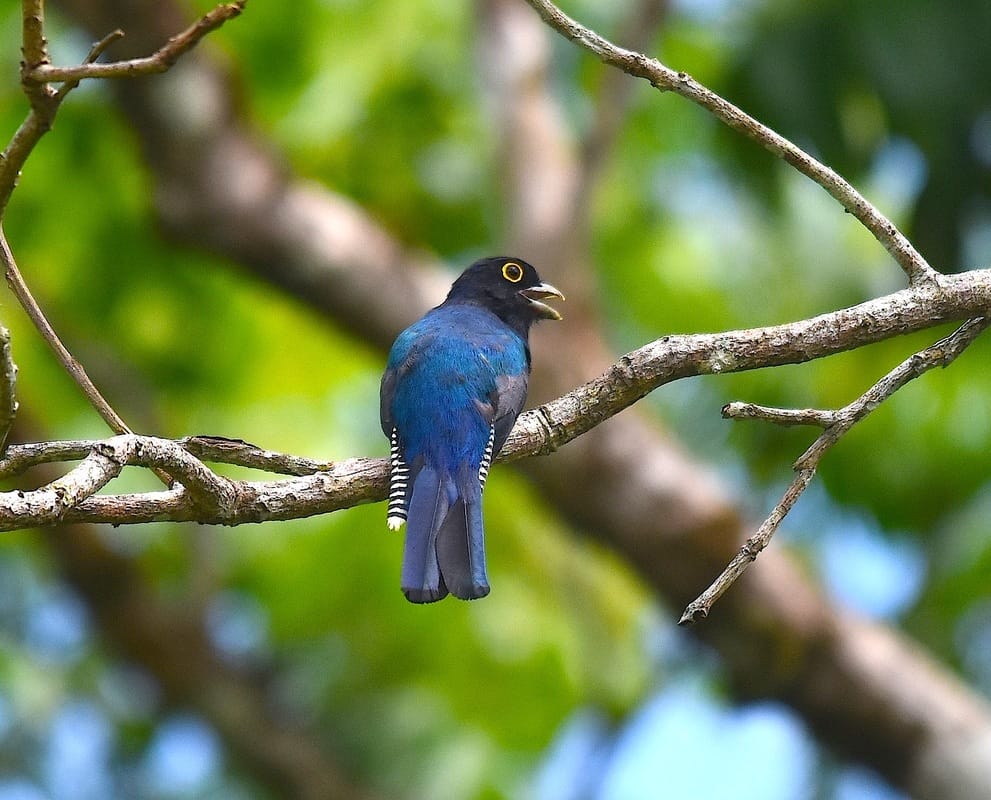
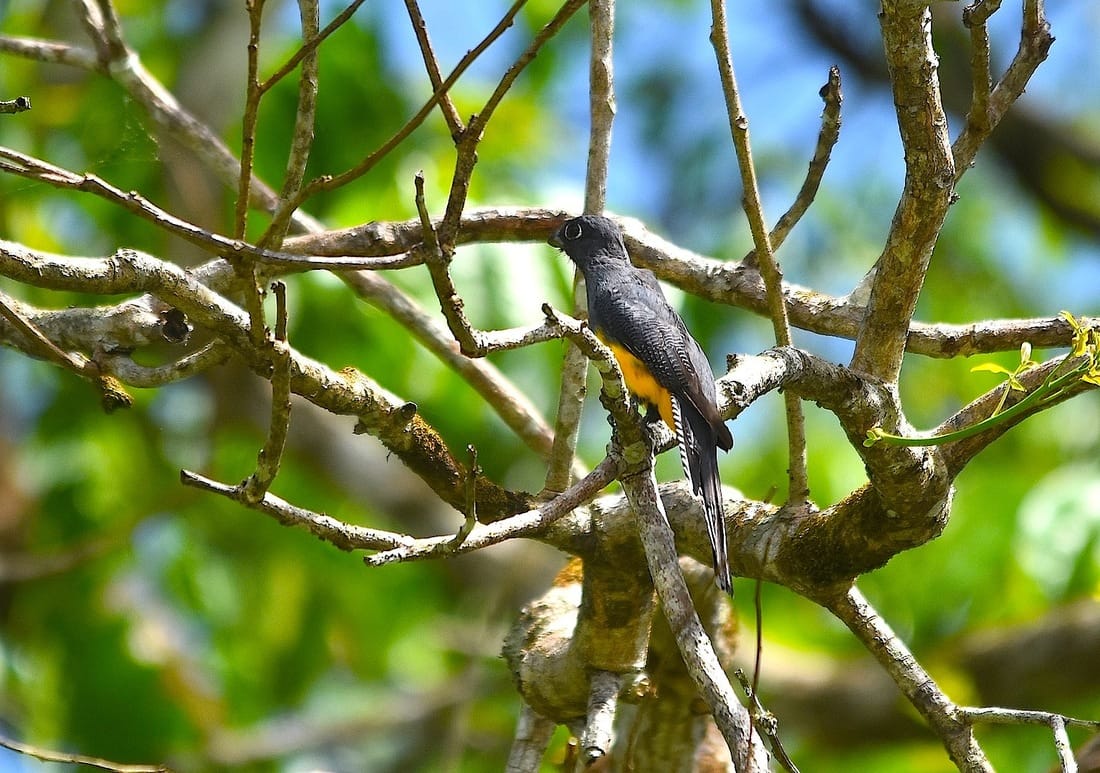
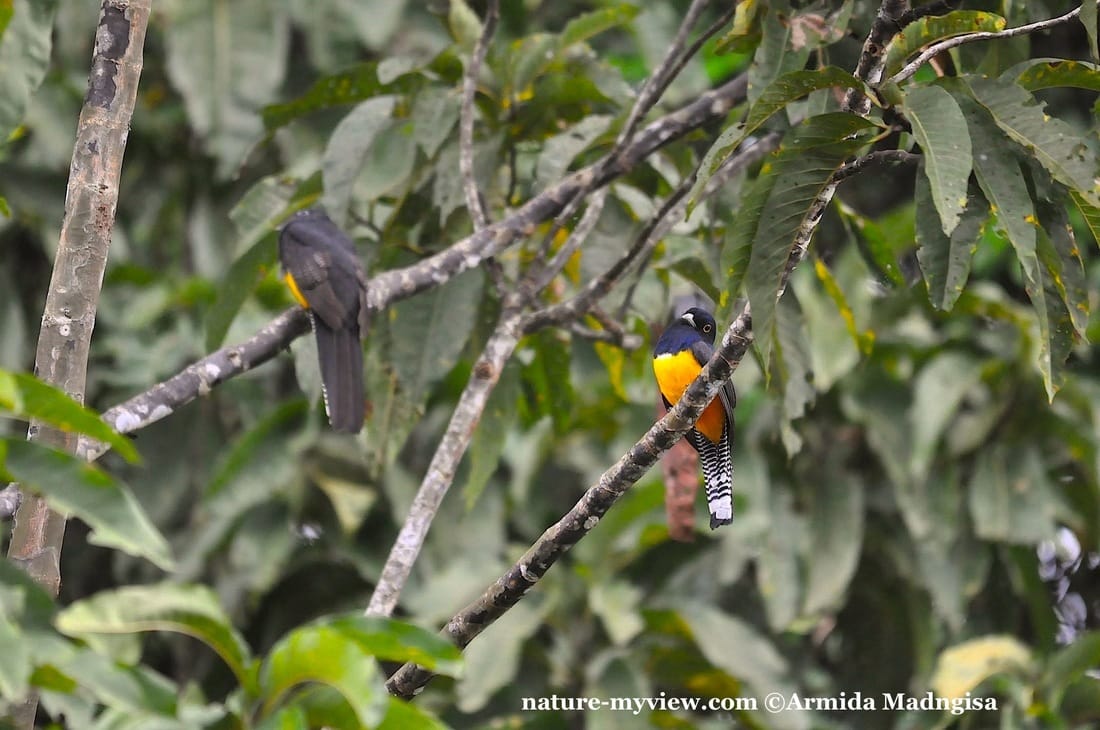
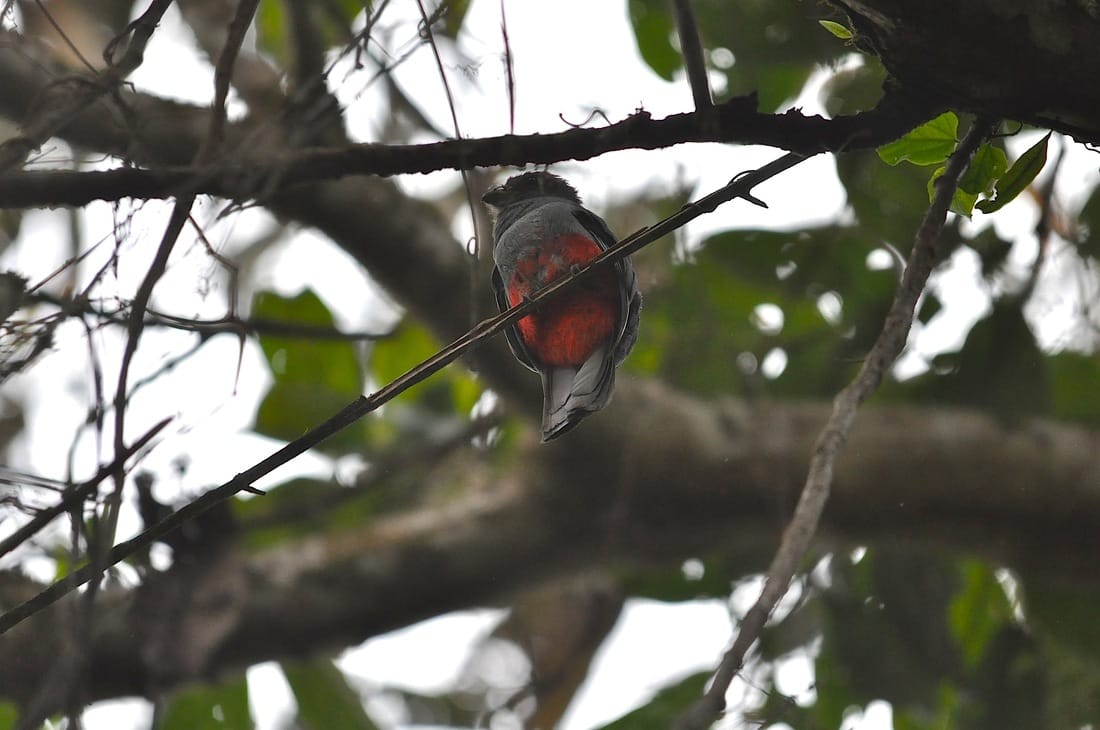
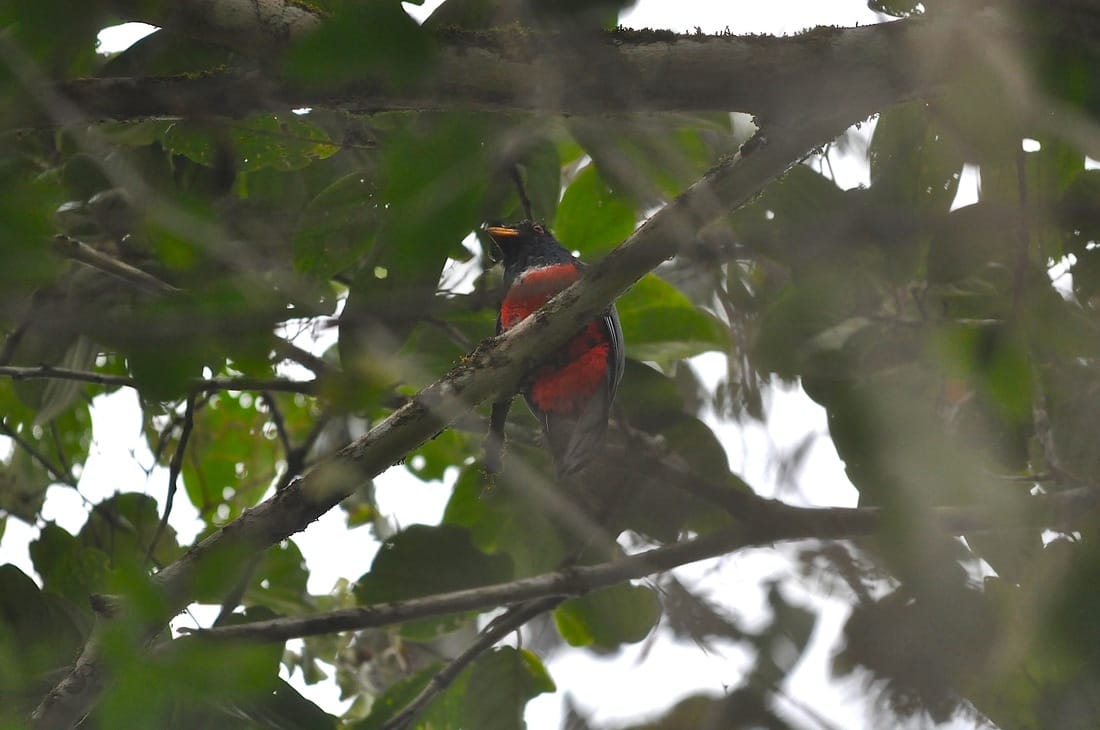
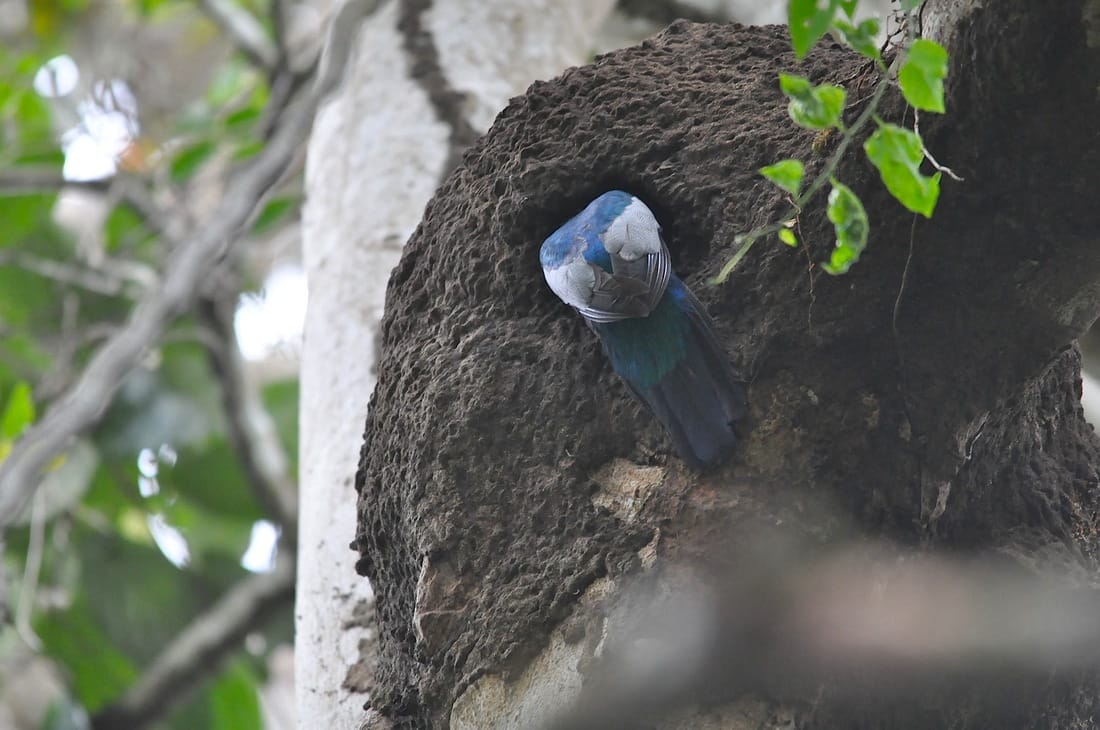
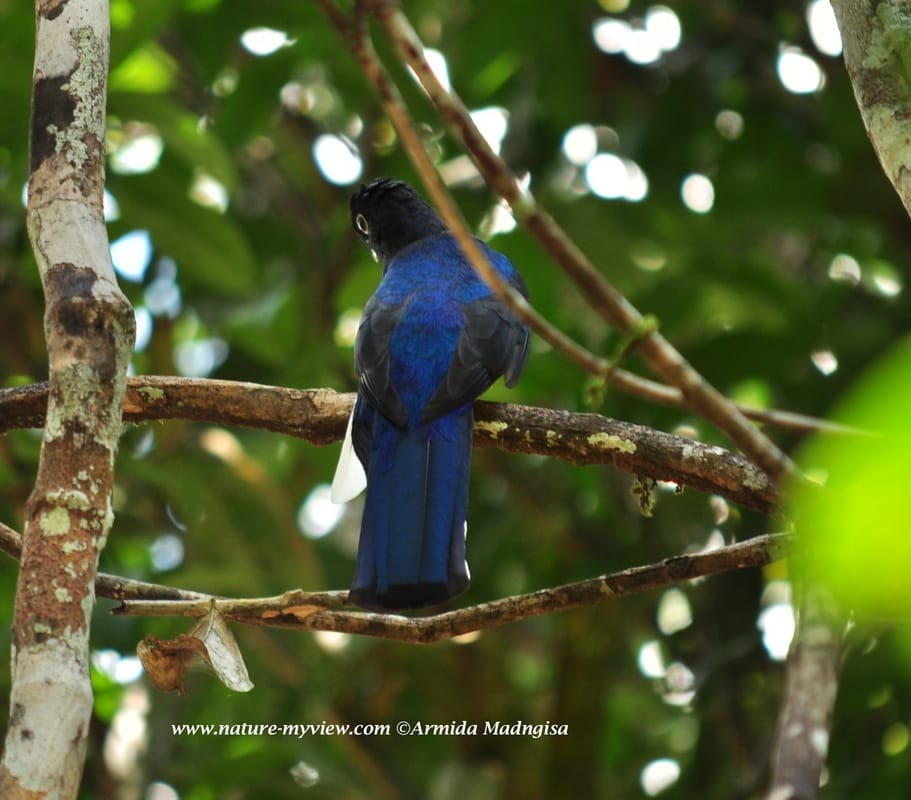
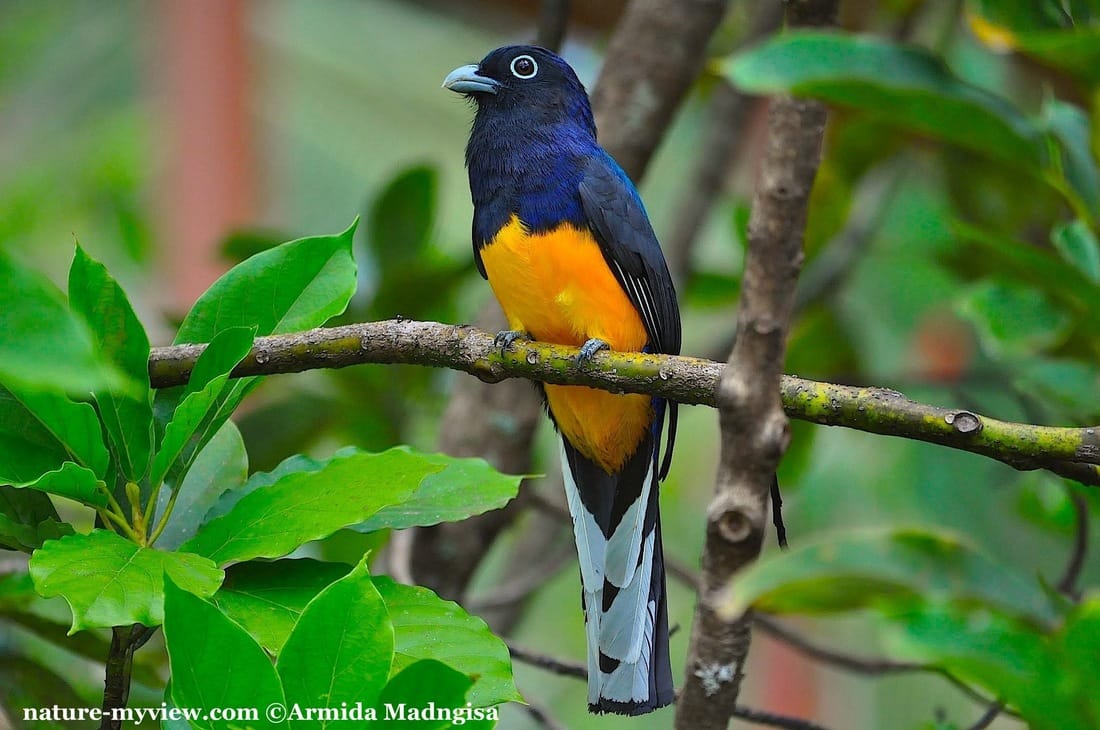
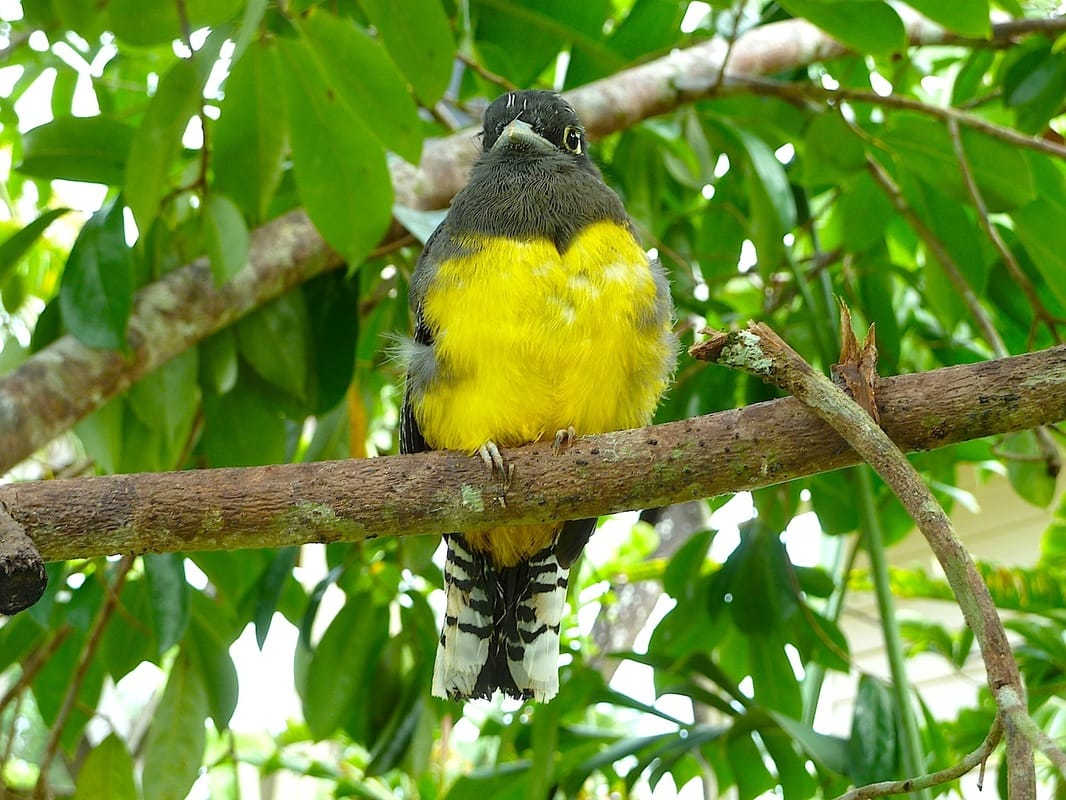
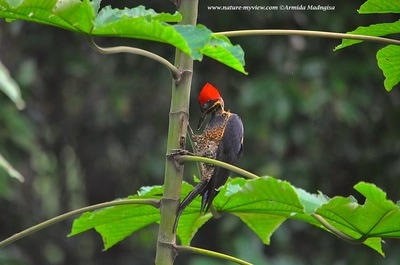
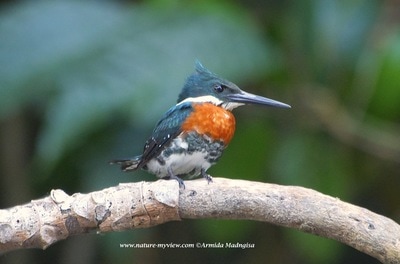
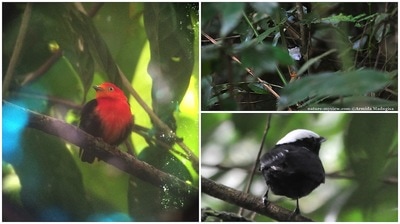
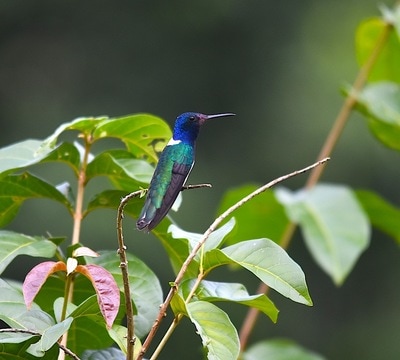
 RSS Feed
RSS Feed